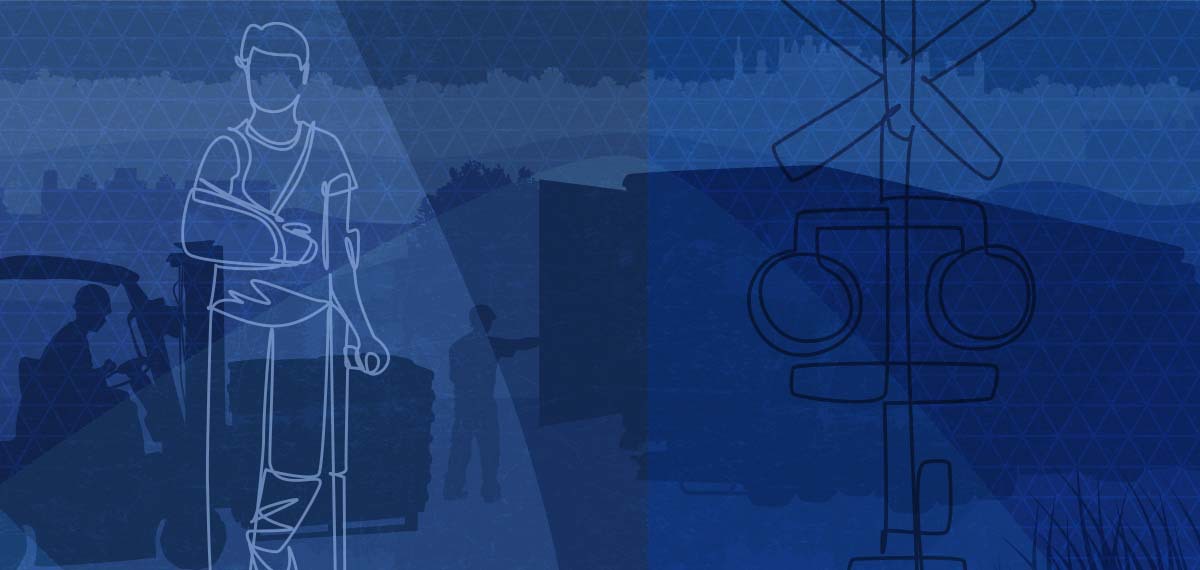Railroad Workers and the Federal Employers’ Liability Act (FELA)
For more than 100 years, the Federal Employers’ Liability Act (FELA) has been the exclusive remedy for railroad workers injured or killed on-the-job. At its core, the FELA is a broad and remedial piece of legislation that requires railroad companies to provide their employees with a reasonably safe place to work. That obligation is sweeping, and it generally mandates that railroad employers provide their workers with proper supervision, with safe premises, tools, job processes/procedures, tools and equipment, and with safe lodging and transportation to and from the jobsite when they are required to work away from home.
While Congress intended the FELA to be very protective of employees, it is not a workers’ compensation law, and therefore railroad workers, unlike most employees, are not automatically entitled to any benefits (e.g., wage reimbursement, paid medical bills) simply because they suffer a workplace injury. Instead, they are required to sue their employers in court. When they are successful in those claims, however, the FELA settlement affords injured railroad workers much broader compensation than that available under state workers’ compensation laws. Indeed, injured railroad workers are entitled to recover all of their past wage loss, all of their past and future medical expenses, and damages for loss of future earning capacity, as well as damages for physical and emotional pain and suffering.
Also unlike a workers’ compensation statute, the FELA is a fault-based system, meaning that before an injured railroad worker can recover any compensation, they must establish that their injuries were caused, “in whole or in part,” by their employer’s negligence or by its violation of a federal safety statute/regulation that governs railroad equipment or operations, of which there are literally thousands (including, for example, the Federal Safety Appliance Act, which sets safety standards for rail cars, and the Federal Locomotive Inspection Act, which sets them for engines).
The railroad employer, in turn, can argue that the employee’s own negligence played a role in causing his injury; a concept known as “contributory negligence.” If the employer is successful in proving that claim, the injured employee’s damages will be reduced by the percentage attributable for him. So, by way of example:
Worker X suffers a shoulder injury and the jury awards him $100,000 in damages. However, the jury also attributes fault as follows: 50% to the employer and 50% to the employee himself. Under the FELA, the jury’s award is reduced by the worker’s percentage of fault, and he thus recovers only $50,000 of the jury’s damage award.
Importantly, however, if an worker can prove that his injuries were caused by the railroad’s violation of a federal safety statute or regulation (including the Safety Appliance or Locomotive Inspection Acts referenced above), then the railroad employer will be held strictly liable for all of his injuries and resulting damages. In other words, even if the injury was 99% the employee’s own fault, the railroad will still be responsible for all of the damages he has suffered. Thus, in the example above, the injured worker would recover the full $100,000 damage award, despite the jury having found he was 50% at fault.
If you are a railroad worker injured on the job, you should contact an experienced FELA lawyer at Halunen Law in Minnesota immediately. We’ll help ensure your rights are protected, and that you receive the compensation you deserve for the harm you’ve suffered.



